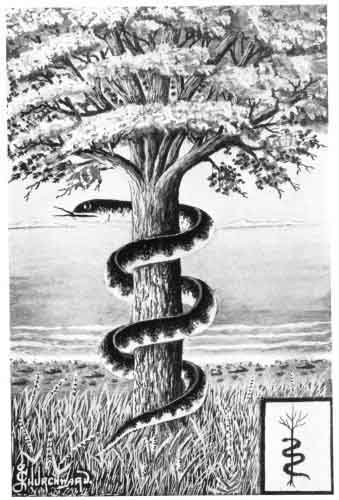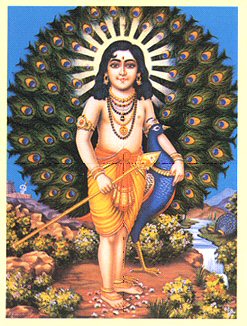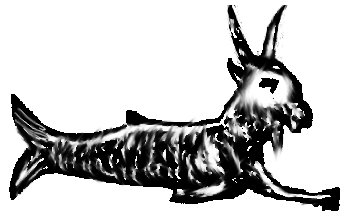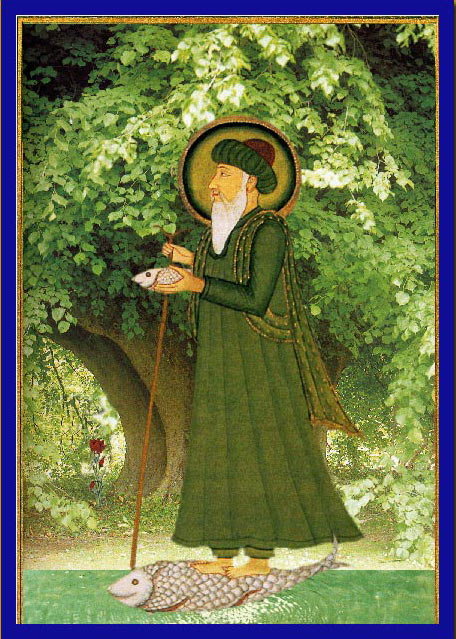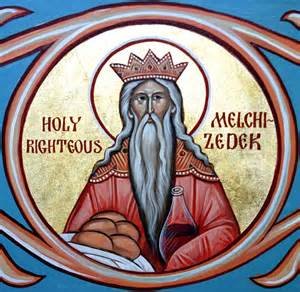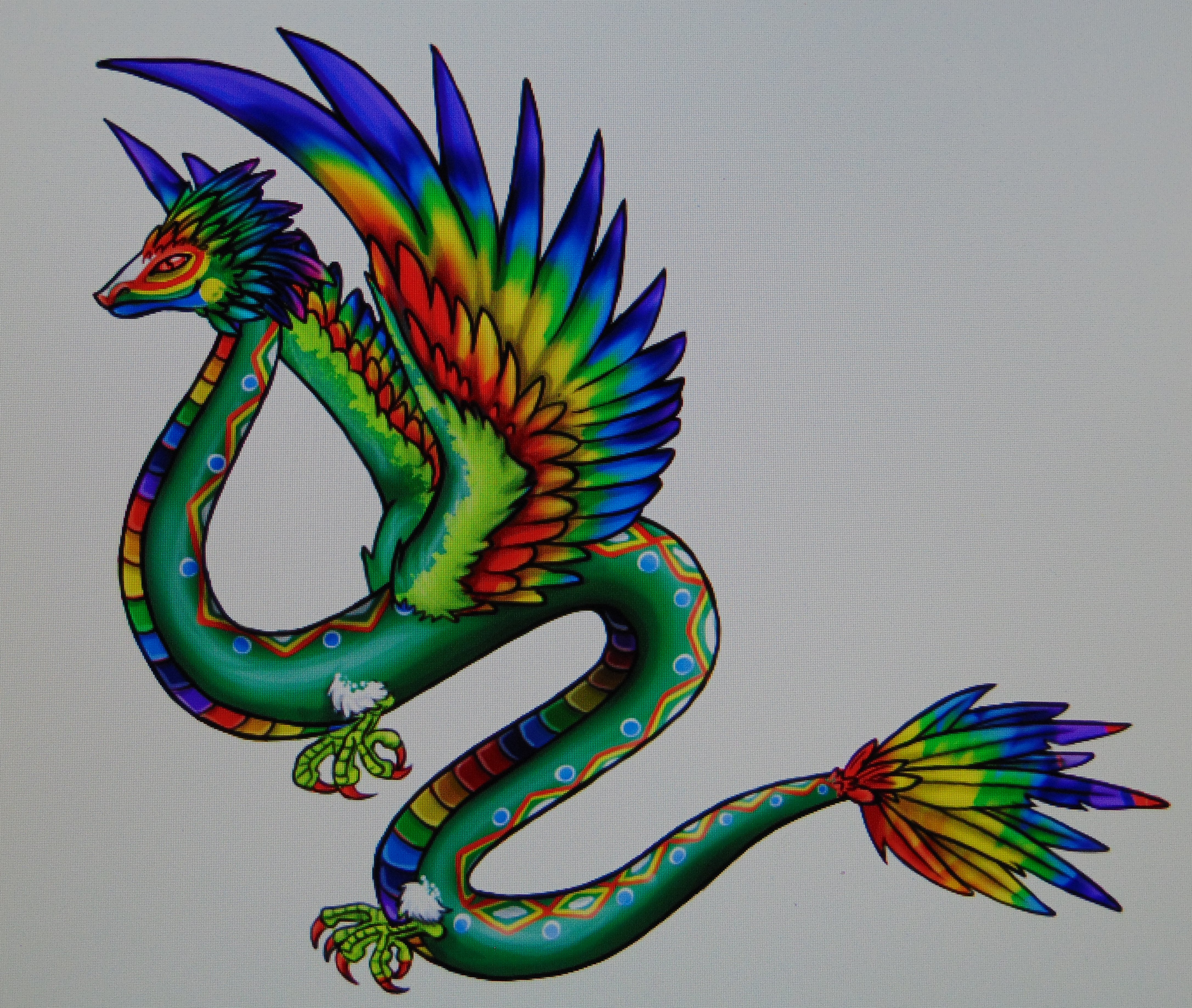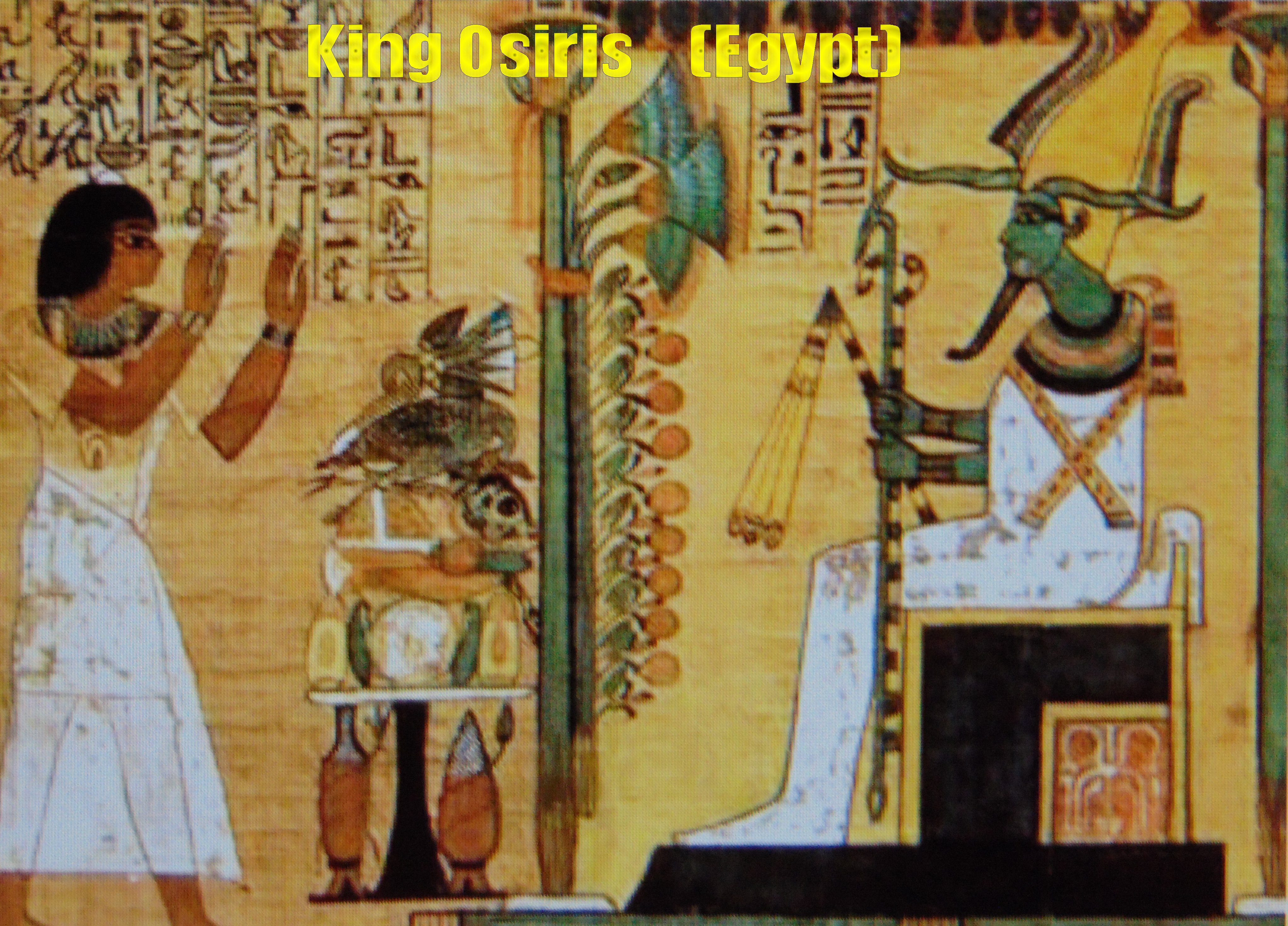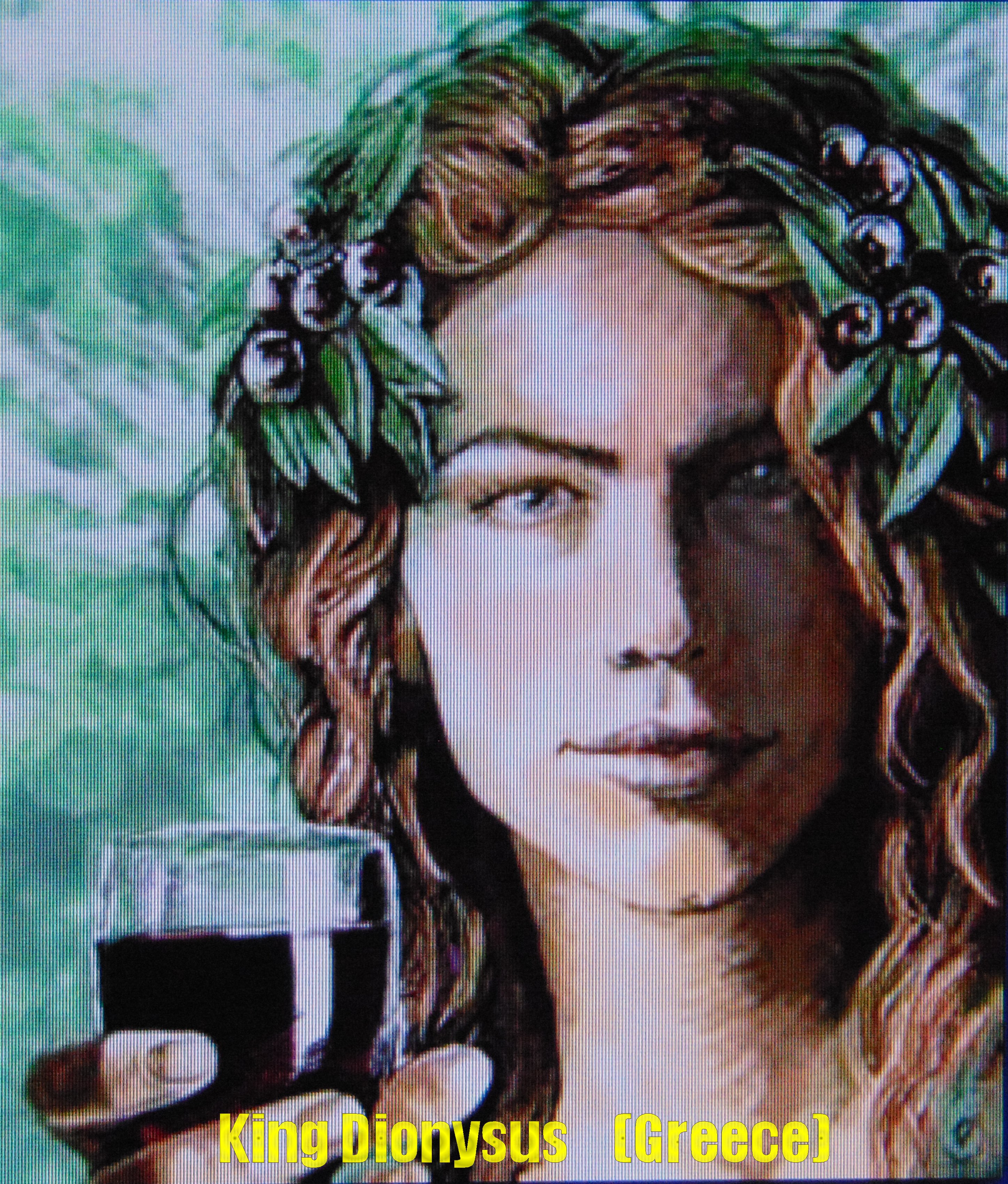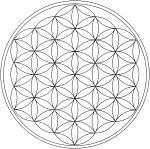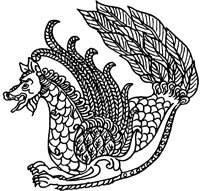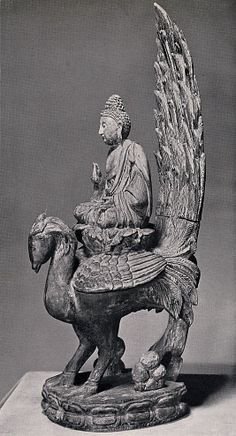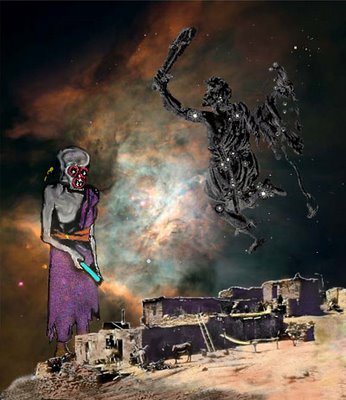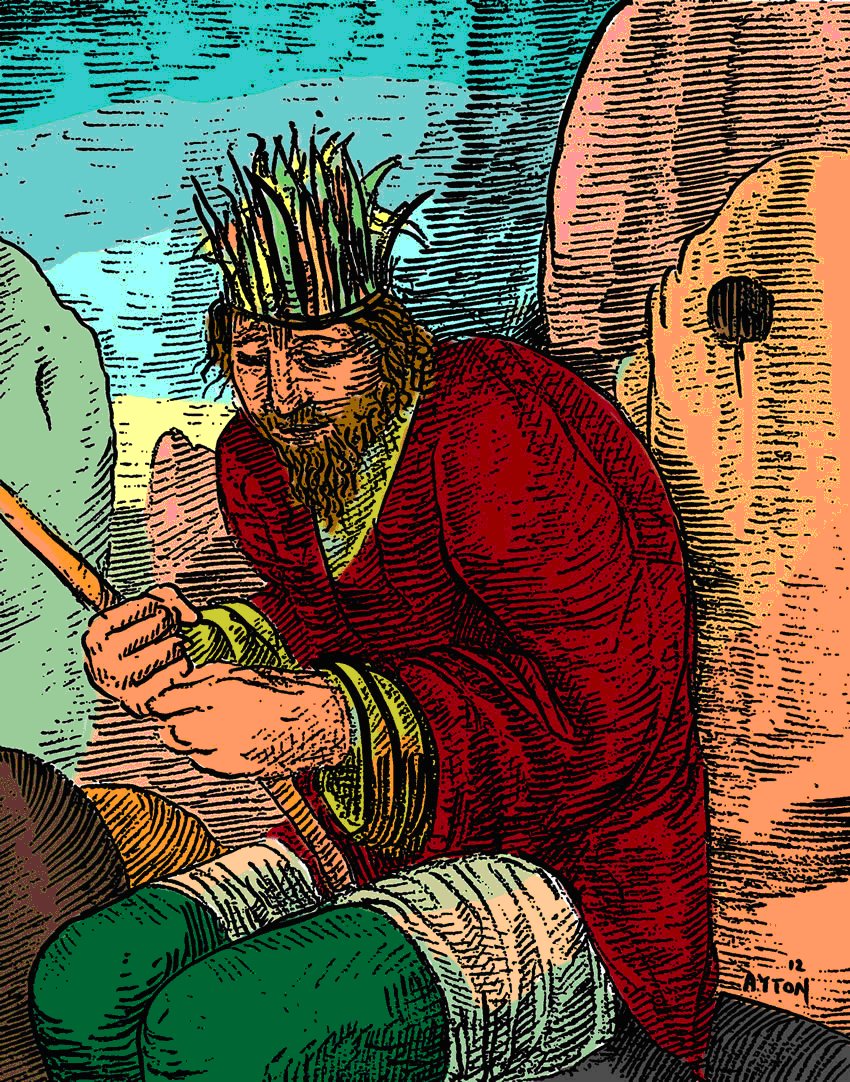Pages
- The Yezidis
- Yezidi Genocide
- Please Help the Yezidis!
- What is the Peacock Angel?
- More about the Peacock Angel
- The Peacock Angel in other Religions
- Yezidis and Hindus: Re-Uniting as One People
- The Most Ancient Order of the Peacock Angel
- Yezidi Religious Tradition
- Lalish: The Yezidi Spiritual Heartland (I)
- Lalish: The Yezidi Spiritual Heartland (II)
- Yezidi Reformer: Sheikh Adi
- Yezidi Scriptures
- Yezidi Communities around the World
Archives
Categories
- No categories
The Peacock Angel in other Religions
The Yezidis maintain that Tawsi Melek is manifest in all religions, although not always in the form of a peacock. This is because in ancient times the various tribes of people on the Earth were initially taught the secrets of worship and human enlightenment by the Peacock Angel but later changed his appearance and name. His titles of Savior and King of the World remained, however. The following are just a few of the forms Tawsi Melek eventually morphed into around the globe:
-
Murugan/Skanda/Sanat Kumara of the Hindus
-
Al-Khadir, the “Green Man,” of the Moslems
-
King Melchizedek of the Jews
-
St. George of the Knights Templar
-
Enki of the Sumerians
-
Dionysus of the Greeks
-
Osiris of the Egyptians
-
Quetzlcoatl of the Mexicans
-
Masaw of the Hopi Indians
-
The Planetary Logos of Theosophy
The Peacock Angel and Gnosticism
In the Gnostic tradition (which the Yezidi religion is closely aligned with), Tawsi Melek is manifest as the first son of the Goddess Sophia, who in the process of creating and governing the universe divided herself into seven rays or “sons.” Sophia sent Tawsi Melek into the Garden of Eden to enlighten the first humans by revealing their divinity to them. He soon manifested in Eden as the Serpent on the Tree, which the Gnostics referred to as the First Instructor.
According to the perspective of the gnostic yogis of India, the Serpent on the Tree is a metaphor for the inner serpent (known in the East as Kundalini) that coils around the Tree of Life, the human spine, and brings a seeker knowledge of his or her divine nature as it climbs up the tree and awakens the inner centers of gnostic wisdom, the chakras. According to the yogis it is as the Kundalini that the Savior Son reveals a person’s divinity to them.
The Peacock Angel in Hinduism
The Hindus know Tawsi Melek as Murugan, the legendary son of Shiva and Shakti. Among his numerous alternate titles are Skanda, Sanat Kumara, Karttikeya, and Subramaniya Swami. Like the Yezidis Tawsi Melek, the Hindu Murugan is the king of the universe and moves through his domain as a young boy astride a peacock, or simply as a peacock. Similar to the Peacock Angel, Murugan’s sacred animals include not only the peacock but also the snake and the cock. The snake denotes that the essence of Murugan is pure energy (energy moves as a serpent spiral) and the cock denotes his affiliation as a solar deity. Murugan or Tawsi Melek are names for the cosmic energy that created the universe out of itself, as well as the savior who, like the cock, heralds the end of humanity’s darkness.
Murugan’s identity as one of seven angelic beings is manifest within some Hindu scriptures that refer to him as Sanat Kumara, the leader of the Seven Kumaras. These Kumaras are portrayed as brothers who assisted Sanat Kumara in the creation of the Earth and the enlightenment of humankind. According to the Puranas, the ancient legends of India, the Kumaras were the first to teach humanity the path to enlightenment.
Another heptad association with Murugan is the asterism of the Pleiades. One of Murugan’s names is Karttikeya, which is derived from Krittika, a Sanscrit name for the Pleiades. According to legend, Karttikeya was born through Sophia who manifests as the Seven Sisters (The Gnostics called the Pleiades the Seven Pillars as Sophia). When Karttikeya was first born he possessed seven heads, one for each star of the Pleiades, but he lost one of them and so now he has six, the number of visible stars of the Seven Sisters.
Another heptad association with Murugan is the asterism of the Pleiades. One of Murugan’s names is Karttikeya, which is derived from Krittika, a Sanscrit name for the Pleiades. According to legend, Karttikeya was born through Sophia who manifests as the Seven Sisters (The Gnostics called the Pleiades the Seven Pillars as Sophia). When Karttikeya was first born he possessed seven heads, one for each star of the Pleiades, but he lost one of them and so now he has six, the number of visible stars of the Seven Sisters.
The Peacock Angel and the Sumerians
In the religion of Sumeria the Peacock Angel was manifest as Enki, the Lord of the Earth, who was also the Lord of Wisdom and the Serpent on the Tree of Dilman, the Sumerian Eden. The Sumerians may have adopted Enki from Yezidi emissaries from India who played a role in the fledgling Sumerian civilization. Or they may have received him from the gnostic sect of Mandeans who were also assimilated into Sumerian civilization after migrating from the East, specifically Sri Lanka, the island patronized by the Peacock Angel as the Hindu Murugan or Sanat Kumara. The most common form of Enki is the Goat-Fish pictured above.
The Peacock Angel in Islam
The Peacock Angel is perceived differently by many different factions within Islam. Amongst the enlightened sects of Sufis, Tawsi Melek is known as Al-Kadir, the “Green Man.” The Sufis’ Al-Khadir, who is currently worshipped in many corners of the world, has one of his premier temple sites at Kataragama in Sri Lanka right next to a temple of his Hindu counterpart, Murugan.
Like Tawsi Melek, Al-Kadir assisted in making the world green, and he can also lead a seeker to both enlightenment and immortality. The Sufis, who refer to him as “The Initiator,” are visited by Al-Kadir when they are ready to commit themselves completely to an intensive spiritual life. Al-Kadir then manifests as energy, a human figure, a ball of light, or another form in order to awaken that person’s inner spiritual flame.
The Peacock Angel in Christianity
The Peacock Angel is manifest in the Christian religion as the leader of the Seven Archangels, St. Michael, whose earthly reflection is St. George, which is a name for Al-Khadir (which is a Sufi for Tawsi Melek) The color ray associated with both Michael and Tawsi Melek is blue, and like Tawsi Melek’s Hindu manifestation of Karttikeya, the Commander of the Angelic Host, St. Michael serves a similar function in Christianity.
The symbol of the peacock has long been embraced within Christianity. The bird was the original symbol of the Catholic Church (the peacock denoted the many-eyed church) and it was an early symbol of Jesus, denoting the Christ’s resurrection and immortality. Because of these associations to the Christ peacocks were commonly portrayed in medieval paintings hovering around the baby Jesus’s crib. During the time Jesus walked the Earth, and also afterwards, the peacock alternated with the phoenix as the symbol of immortality in both Egypt and the Middle East. It is for this reason that the peacock was associated with the Christian St. Barbara even though she was the patron saint of Heliopolis, the ancient home of the phoenix.
One of the great mysteries of Jesus and his Apostles is the story of St. Thomas and how he became transformed into a peacock in India. According to legend, after embarking upon his proselytizing mission in Chennai, the southern India headquarters of the Peacock Angel as the Hindu Murugan, St. Thomas quickly attracted the censure of the local priesthood who resolved to kill him. But when they went to locate St. Thomas the apostle had transformed himself into a peacock and was thus very hard to track down. When they did finally capture St. Thomas the apostle died as a peacock rather than a man. Speculation suggests that St. Thomas may have associated the peacock with his master Jesus and united with him at the completion of his life.
The Peacock Angel in Judaism
The Peacock Angel is manifest in Judaism as King Melchizedek. Melchizedek, the “King of Righteousness,” is also a common Islamic name for Al-Khadir, as well as the Hindus’ Sanat Kumara. In the Heavens above the Peacock Angel manifests as the Jewish Yod He Vod He or Lord Yahweh, the Ancient of Days.
The Peacock Angel among the Maya
Among the Maya the Peacock Angel is known as the spirit of Quetzlcoatl, the “Plumed Serpent.” In Quiche Maya cosmology found in the Popul Vuh there is a passage very similar to that found in Genesis (and no doubt has the same origin) which states that the Creator moved upon “the face of the waters.” In Genesis this Creator is recognized to be the synthesis of a group of creator spirits (usually counted as seven) known as the Elohim. This same Creator in the Popul Vuh is the Plumed Serpent comprised of seven creators, “those who create.” Taken together, the Creator of both Genesis and the Popul Vuh is a manifestation of Tawsi Melek, the Peacock Angel, who is the synthesis of the seven creator spirits, the Seven Great Angels.
The Peacock Angel in Greece & Egypt
The Peacock Angel was known in Greece and Egypt as Dionysus and Osiris respectively. According to the early Greek historians like Diodorus these figures were manifestations of the same entity in different civilizations.
Osiris, meaning the “Many-eyed,” was a legendary Egyptian king who reflected many of the attributes of the Peacock Angel. After encircling the globe astride a bull he ostensibly became, like Tawsi Melek, King of the World. Like the Peacock Angel, Osiris was also omniscient, or “Many-eyed,” and his eyes multiplied throughout the universe. The symbol of both Tawsi Melek and Osiris is the many-eyed Flower of Life. Osiris was also known in Egypt as the “green man,” and his green image could often be found in the Egyptian temples. Because of this association, Osiris was annually prayed to for the renewal of Egypt’s green vegetation.
The Flower of Life
The association between Dionysus and Tawsi Melek became conclusive during the conquest of Alexander the Great, when members of the conquerors’ army visited the temples of Murugan in Sri Lanka while exclaiming “We know this deity, he’s our Dionysus.” So sure were they of this truth that when the Greek Ptolemy created the first world map he labeled Murugan’s region in Sri Lanka the “Place of Bacchus,” or “Place of Dionysus.” Like his Hindu and Yezidi counterparts, Dionysus was the Savior and King of the World. Also reflecting both Murugan and Tawsi Melek, Dionysus was in some cosmologies designated the creator of the universe, and wherever his cult flourished he was represented as a snake or serpent, symbol of the life force that condensed to become the physical cosmos. Every year it was believed by the Greeks that Green Man Dionysus as the primal serpent power or life force would awaken from his slumber and their lands would become abundant again.
The Peacock Angel in Persia
In the Persian tradition Tawsi Melek manifests as the Simurgh, a dragon-like creature with a dog or dragon’s head and a huge peacock tail. The Simurgh lives on the summit of Mount Albourz, the primal sacred mountain at the center of the Earth that unites Heaven and Earth. Albourz is the throne of the Simourgh, from where he watches over Earth as its king.
The Peacock Angel in Tibet
In Tibet, the Peacock Angel manifests as Amitibha, the peacock-riding Dhyani Buddha who sits upon his Peacock Throne in the heaven of Sukhavati and occasionally takes a physical incarnation as the King of the World in legendary Shambhala, the land of immortals that flies the Peacock Flag.
The Peacock Angel and Theosophy
The Theosophists acquired deep insight into the legends and characteristics of the Peacock Angel from “Ascended Masters” who sponsored the Theosophical Society while dwelling physically in Tibet at Shigatse, which was a seat of the Peacock Angel in the East and connected by tunnels to Shambhala. Thus, information derived from the Theosophical Society in regards to Sanat Kumara or Tawsi Melek must naturally merit a certain credence not found in other sources.
The Peacock Angel among the Hopis
The Hopis of Arizona know the Peacock Angel as their Masau’u, the King of the World during this era of the Fourth World. According to their tradition, Masau’u, whom the Hopis address as the “Great Spirit,” was ruler of the Third World but then fell from grace because of his pride. He subsequently lost his position as planetary ruler but was then reinstated to that exalted office at the beginning of the Fourth World.
The Peacock Angel among the Knights Templar
The Knights Templar knew the Peacock Angel as St. George, aka Green George, whom they came to know in the Middle East as synonymous with the Sufis’ Al-Kadir, the “Green One.” The root of the name George is “geo,” denoting the Earth. Thus, George is the “Earth man.” Evidence of the connection between Al-Kadir and St. George is conspicuous in their mutual annual holiday, April 22nd. According to the Sufi Idries Shaw, the Order of St. Khadr was taken by knights to Great Britain where it evolved into the Order of St. George, also known as the Order of the Garter.
The Peacock Angel in the Holy Grail Tradition
The Peacock Angel figures prominently in the Holy Grail legends as the primal Fisher King. This is most evident in Wolfram von Eschenbach’s Parzival, where the seeker of the Holy Grail, Parzival, encounters the Fisher King Anfortas wearing a hat or crown of peacock feathers. Anfortas was the latest of a long line of Fisher Kings, each of whom reflected the Peacock Angel, the first and archetypal Fisher King, the primal Guardian and Embodiment of the Holy Grail. The power of the Holy Grail is the life force, the power wielded by the Fisher King. Through his life force power the Fisher King, who is thus a manifestation of the Green Man, would annually make his kingdom green with prolific vegetation.
The soul of the Peacock Angel was apparently passed down along the lineage of Fisher Kings, all of whom had a propensity for falling from grace due to pride. Each became self-serving with their supernatural power and wisdom, thus leading to a battle where they are cut down and left crippled. They loose their life force power and their kingdoms become barren. There was only one cure of their ailment: a passer by must ask them the question “Who does the Grail serve?” This question apparently triggers an awakening within the paralyzed Fisher King and a subsequent healing of both himself and his kingdom. Such a healing is the direct result of the revelation that the king had been using the power of the Holy Grail for his own purposes when it was really meant for all people.

